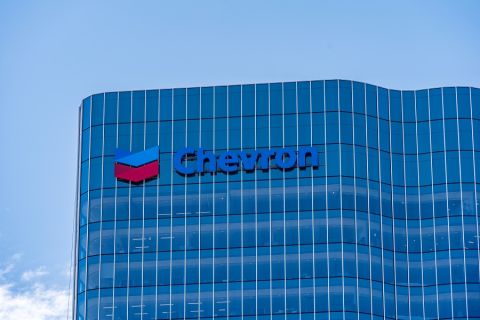Learn more about Hart Energy Conferences
Get our latest conference schedules, updates and insights straight to your inbox.
Cautious, return-focused operators drilled less often last year, but when they did, their success rate was higher than in prior years. Given their renewed discipline to drill only the best prospects, they showed an aggregate full-cycle return on investment of 22% in 1999, versus a five-year average of 29%. Their wildcat success rates rose to an impressive 70% versus a five-year hit rate of 51%. Still, reserve replacement rates fell from the five-year average. These are some of the operating results for a group of 22 large and midsize exploration and production companies covered by Donaldson, Lufkin & Jenrette E&P analyst David C. Bradshaw. "Capital is being committed much more thoughtfully...Managements are investing more competitively...Most of the dumb capital that plagued earlier cycles is gone," he says in a recent report. DLJ's annual study looks at reserve-replacement results and finding-cost data for 22 producers in Bradshaw's universe, and also summarizes results for those companies' five-year results. The analyst says he is struck by the divergent paths taken within his 22-company universe during 1999, "as well as by the resolution to heighten focus on rates of return, to prioritize capital commitments and bolster bottom-line returns, which was long overdue." Even if companies vowed to proceed with a sharper focus, they were so cautious that drill-bit performance slackened last year. True, success rates and returns rose, but reserve-replacement numbers tell another story. Not surprisingly given low oil prices and weak balance sheets early in the year, drilling expenditures slumped 34% in 1999. This directly reduced the ratio of reserves to production. "Our coverage universe in aggregate added 99% of production through the drill bit, off sharply from the 149% replacement rate in 1998 and well below the five-year average 128% replacement performance." These numbers include domestic and international activity. In the U.S. alone, drill-bit replacement was just 74% of production, off from 122% the prior year and below the five-year average of 100%. "The drill bit is not getting the job done," Bradshaw says. Drill bit replacement for natural gas was 106%, down from 148% in 1998 and the five-year composite of 123%, "suggesting the decline in deliverability is far greater than previously thought." Two things somewhat offset the drilling problem: reserve revisions and reserves purchased from other companies. A significant portion of the reserves added during the year came not from the drill bit, Bradshaw notes, but from revisions at year-end as oil prices rallied. Acquisition activity also contributed a large share of the reserve-replacement number. "Driven by acquisitions, total equivalent proved reserves [for the 22 firms] gained 19% from 1998." Fully loaded reserve replacement costs slid 14% to about $5.90 per barrel of oil equivalent, below the 1998 figure of $6.90 and near the five-year average of $5.77 per BOE. Companies' performances varied greatly. Nuevo Energy Co., Houston, had an aggregate reserve replacement of nearly 600% at a fully loaded cost of just $1.34 per barrel. At the other end of the spectrum, Forest Oil Corp., Denver, reported finding costs of $15.28 ("not indicative of performance on the way," Bradshaw points out). Leaders in five-year full-cycle return on investment from 1995 to 1999 were EOG Resources, Anadarko Petroleum and Nuevo. Laggards in five-year full-cycle ROI were Union Pacific Resources, The Houston Exploration Co. and Burlington Resources. -Leslie Haines
Recommended Reading
US Gas Rig Count Falls to Lowest Since January 2022
2024-03-22 - The combined oil and gas rig count, an early indicator of future output, fell by five to 624 in the week to March 22.
Chevron Hunts Upside for Oil Recovery, D&C Savings with Permian Pilots
2024-02-06 - New techniques and technologies being piloted by Chevron in the Permian Basin are improving drilling and completed cycle times. Executives at the California-based major hope to eventually improve overall resource recovery from its shale portfolio.
US Drillers Cut Oil, Gas Rigs for Fourth Week in a Row-Baker Hughes
2024-04-12 - The oil and gas rig count, an early indicator of future output, fell by three to 617 in the week to April 12, the lowest since November.
US Drillers Cut Oil, Gas Rigs for Second Time in Three Weeks
2024-02-16 - Baker Hughes said U.S. oil rigs fell two to 497 this week, while gas rigs were unchanged at 121.
US Drillers Add Most Oil Rigs in a Week Since November
2024-02-23 - The oil and gas rig count rose by five to 626 in the week to Feb. 23

